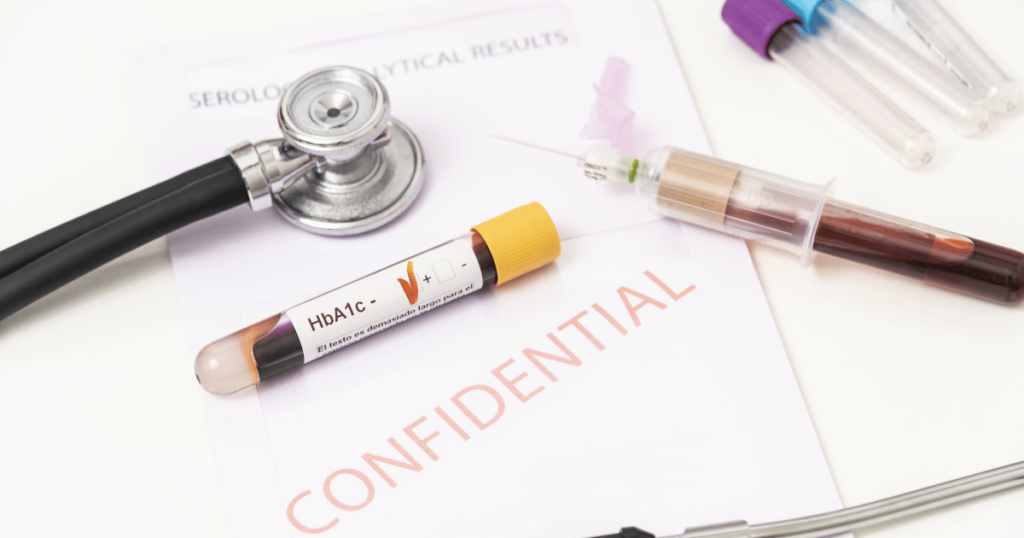HBA1C Levels by Age: What’s Normal and What’s Not

Understanding HBA1C levels is crucial in the realm of health and wellness, particularly when it comes to managing diabetes and assessing the risk of developing it. However, what many people don’t realize is that normal HBA1C levels can vary by age. This comprehensive guide will explore the nuances of HBA1C levels across different age groups, helping you understand what’s normal and what’s not.
Introduction to HBA1C
HBA1C, also known as glycated hemoglobin, is a form of hemoglobin that is bound to glucose. The HBA1C test measures the average blood glucose levels over the past two to three months, providing a more comprehensive picture of glucose control than a single blood glucose measurement can.
Why HBA1C Matters
HBA1C levels are a critical indicator of blood sugar management, especially for individuals with diabetes. They help in:
- Diagnosing prediabetes and diabetes.
- Monitoring the effectiveness of diabetes management strategies.
- Reducing the risk of complications associated with high blood sugar levels.
HBA1C Levels and Age
The interpretation of HBA1C levels can be influenced by age. As we age, our body’s ability to manage blood sugar can change, which may be reflected in HBA1C readings.
Children and Adolescents
- Normal Range: For children and adolescents without diabetes, the normal HBA1C range is typically below 5.7%.
- Diabetes Management: For those with diabetes, the American Diabetes Association (ADA) recommends a target HBA1C level below 7.5% for this age group.
Adults
- Normal Range: In adults without diabetes, a normal HBA1C level is below 5.7%.
- Diabetes Management: The ADA suggests an HBA1C goal of less than 7% for most non-pregnant adults with diabetes. However, this target can vary based on individual health conditions.
Older Adults
- Normal Range: Older adults without diabetes generally have similar HBA1C levels to younger adults. However, slightly higher levels may not always indicate diabetes.
- Diabetes Management: For older adults with diabetes, especially those with significant comorbidities, less stringent HBA1C goals (such as <8%) might be appropriate.
Factors Affecting HBA1C Levels by Age
Several factors can influence HBA1C levels in different age groups:
- Hormonal Changes: Adolescents may experience hormonal fluctuations that can affect blood sugar levels.
- Lifestyle Factors: Diet and physical activity levels, which often change with age, play a significant role in blood sugar management.
- Age-Related Health Changes: Conditions like reduced kidney function in older adults can impact HBA1C levels.
The Importance of Age-Appropriate Targets
Setting age-appropriate HBA1C targets is vital for several reasons:
- Avoiding Hypoglycemia: Especially in older adults, overly aggressive blood sugar control can lead to dangerous lows.
- Balancing Quality of Life: In managing diabetes, particularly in older adults, it’s important to balance glucose control with quality of life.
- Preventing Complications: For younger individuals, maintaining tighter control can help prevent long-term complications.
Managing HBA1C Levels Across Ages
Regardless of age, certain strategies can help manage HBA1C levels effectively:
Diet and Nutrition
A balanced diet, rich in fruits, vegetables, whole grains, and lean proteins, is beneficial for blood sugar control at any age.
Physical Activity
Regular exercise helps improve insulin sensitivity and glucose metabolism. The type and intensity of exercise may vary by age and physical ability.
Regular Monitoring and Medication
Frequent blood glucose monitoring and adherence to prescribed medications are key in managing diabetes and maintaining optimal HBA1C levels.
Education and Awareness
Understanding diabetes and its management is crucial. This includes being aware of how age can impact diabetes control and HBA1C levels.
Challenges in Different Age Groups
Each age group faces unique challenges in managing HBA1C levels:
- Children and Adolescents: Balancing diabetes management with normal growth and development can be challenging.
- Adults: Lifestyle factors, such as busy schedules and work stress, can impact diabetes management.
- Older Adults: Comorbidities and the effects of aging can complicate diabetes control.
Conclusion
HBA1C levels are a vital tool in managing diabetes and assessing the risk of its development. However, it’s important to recognize that normal HBA1C levels can vary by age. Understanding these variations and adopting age-appropriate management strategies can lead to better health outcomes. Regular consultations with healthcare providers, tailored treatment plans, and ongoing education are essential in managing diabetes effectively across different stages of life.
Note: This article is for informational purposes only and does not substitute for professional medical advice. Always consult with healthcare professionals for individualized advice and treatment plans.
Everything You Need To Know About Gestational Diabetes You don’t wanna miss this Simple Explanation



